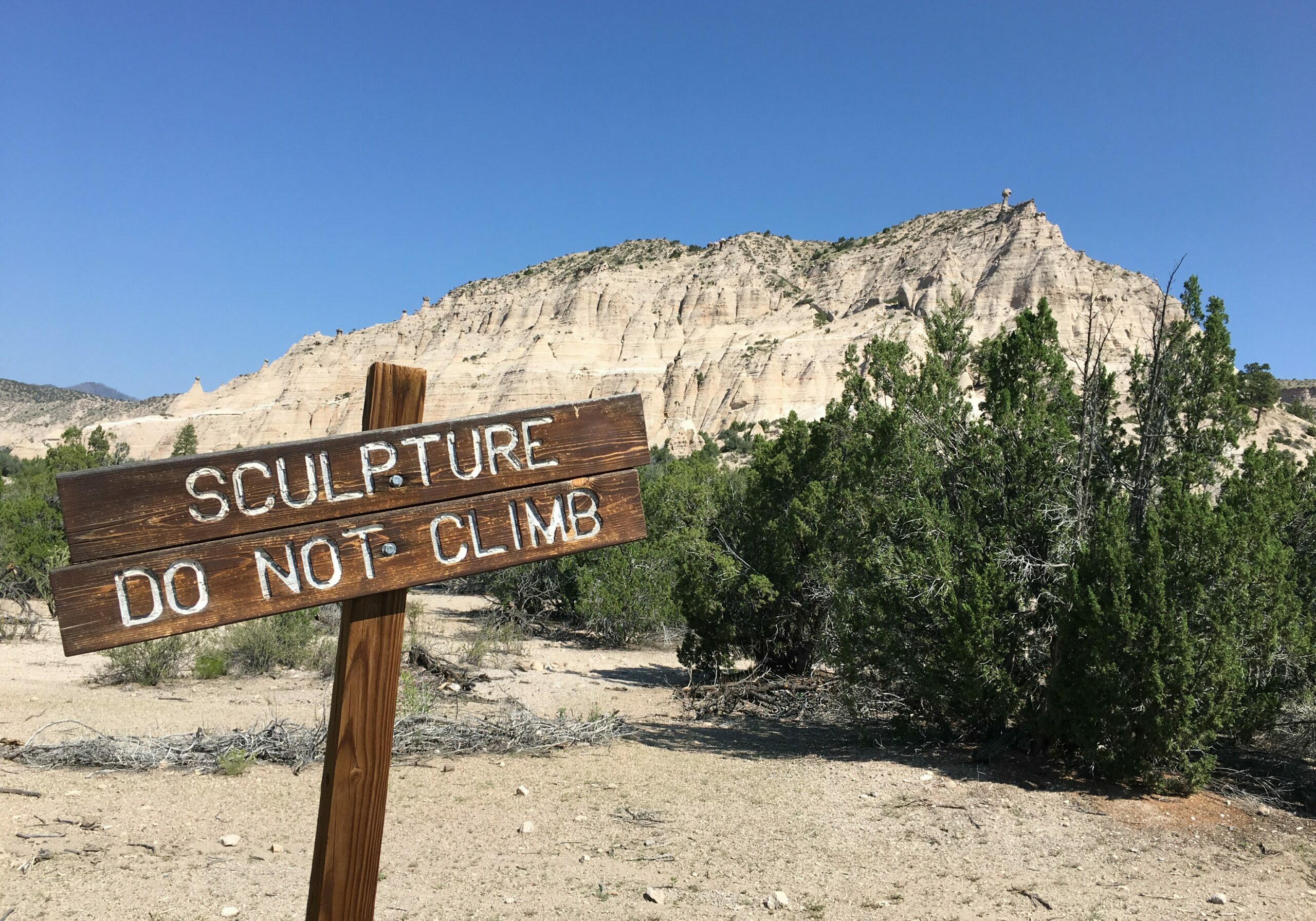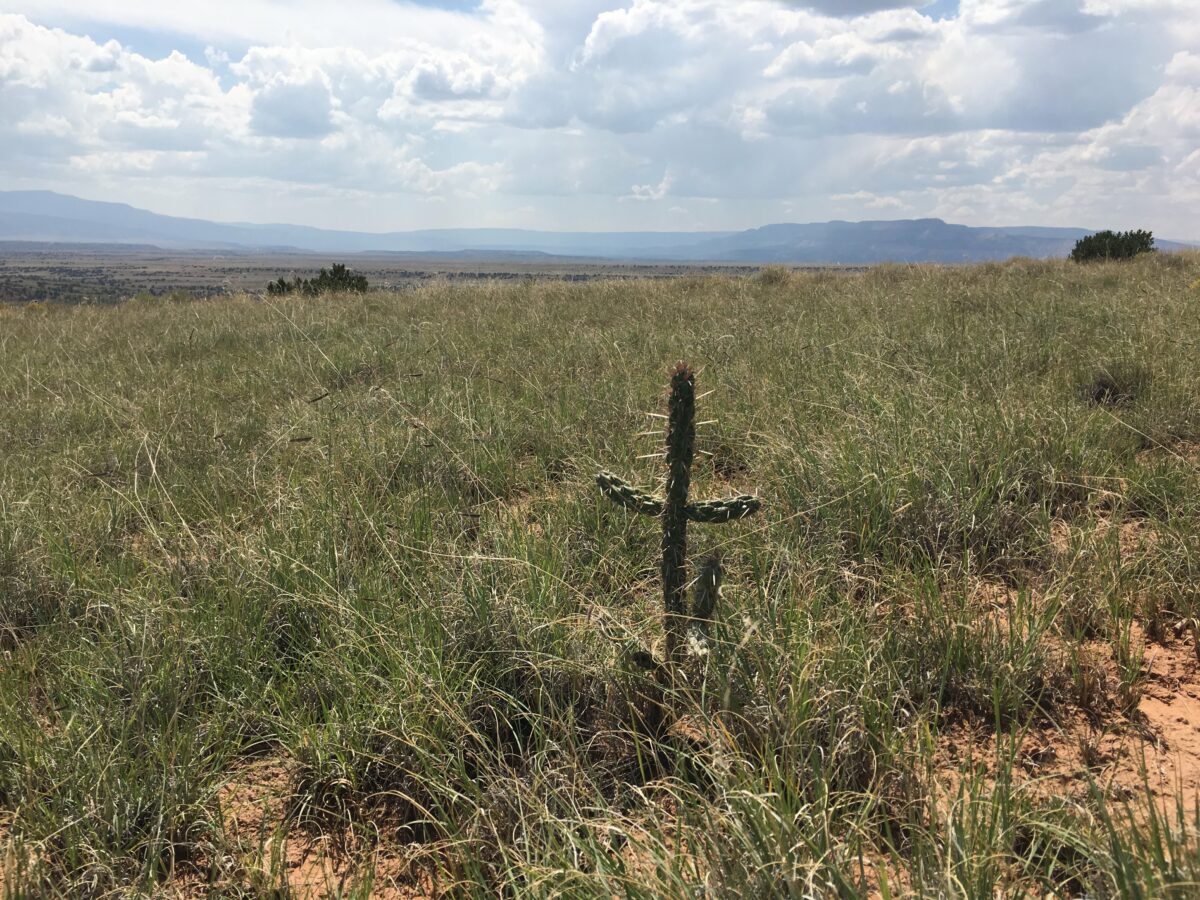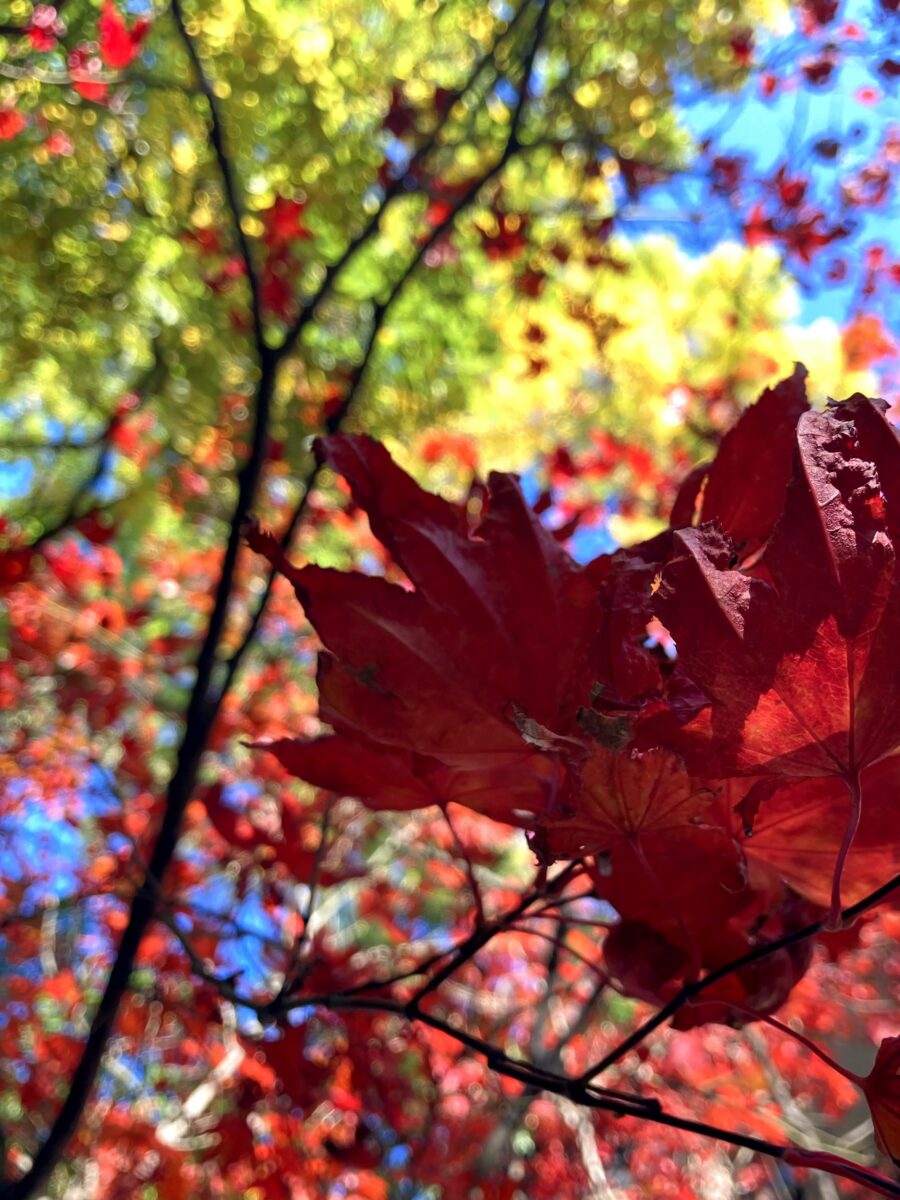November 20, 2023
The ability to notice things most people miss

Photographers are masters in the art of seeing.
They’re professional noticers. They have the eye, as the saying goes, because they observe things in a way that others don’t. Their images are not conceived but selected. Their framing choices beautifully place objects in relation to other objects.
And that unique way of seeing makes an impression on the final output.
Personally, I’ve never considered myself to be a photographer. I’m not a technically oriented person and don’t even understand how a camera works.
But I have the eye. I’ve always been able to notice things that most people miss.
Now, part of that is by instinct. My brain has always been wired to see things in an artistic way. There is a certain creative vision that’s been me since birth, for which I am deeply grateful.
Meanwhile, part of having the eye comes from training and practice. There are habits, practices and exercise that can develop that ability. Here are several of them.
First, notice interesting moments that tell a story.
The adage holds true that every picture is worth a thousand words. But some pictures are worth more far more than that. It all depends on what kind of narrative the elements in the scene suggest.
Fences, as an example, can be dramatic to capture. The symbolism is inescapable. Fences are these manmade structures purpose built to get in the way of something people want to achieve, or get over.
But photographing the fence itself isn’t particularly interesting. It’s only wood and wire. Whereas a broken fence surrounded by bloody hoof prints and bullet casings tells a story. That’s an interesting moment.
Makes you wonder, what animals escaped from here? Who helped them escape? Where are they now? And who’s trying to track them down?
When I was shooting footage for my silent western film, I exclusively looked for these kinds of moments while hiking through the desert. Evocative images that made me lean in and wonder, wow, what had to have happened here in order to compose this exact scene?
Almost every time, these images made me feel something specific in my body. A twinge in my eye or a pang in my gut or that chuffing exhale through my nose at the site of an absurd or curious moment. All of these sensations told me that there was something interesting worth noticing here. Maybe even capturing.
Now, whether my footage was useful or interesting for the final cut, that’s hard to tell. But it doesn’t matter. Because the value of filming my movie was the process of trusting my intuitive promptings. Tuning in to what wanted to be written.
That’s how you develop the eye. By listening to your intuition before you have time to think.
The second way to develop your eye is, find all the forgotten, overlooked and underappreciated objects in the scene.
This habit is easiest when you’re in the presence of other people who taking pictures, writing, sketching or documenting in some fashion.
For example, if the sun is setting and everyone is facing one particular direction to capture the moment, turn around one hundred and eighty degrees. Go where nobody else is standing and seek out the underrepresented beauty.
I recently tried this in a national park. We woke up before dawn and drove to the scenic overlook to watch the sunrise. Roughly twenty people other were there. About halfway through, I thought to myself:
Wait a minute, where is nobody else looking? What moment might I be missing out on by only focusing on the most obvious object in the frame?
I decided to walk to the other side of the ledge and turn my body away from the rising sun. Sure enough, at that very moment, a double rainbow formed.
Have you ever seen one of those in person before? It’s a magnificent meteorological phenomenon. They’re formed by a double reflection of sunlight inside water droplets.
Buddhists say it marks the transformation of the soul. Celtics claim double rainbows represent two gigantic serpents with fiery eyes. Amazon culture considers rainbows to be omens about misfortunes like miscarriages.
Again, who knows if any of those beliefs are legit. Point is, I never would have seen the double rainbow, had I solely focused on where everyone else was looking.
If you want to lend greater perspective to your work, try turning your body in the other direction. Look behind you to see the value most people miss.
Next up for eye development is, identify natural contrast and juxtaposition.
Notice what is strikingly diverse from something else in close association. Call attention to notable differences in physical elements like size, shape, color, texture, speed and tone.
Notice differences in psychological elements like energy, ideal, mood, narrative and emotional weight. These naturally artistic juxtapositions create a stronger response in your audience.
When two things that are otherwise not commonly brought together in proximity, the viewer is forced to stop and reconsider meaning through the contrasting elements.
My fun practice for this is to look around and ask questions like, which one of these things is not like the other? What doesn’t belong here? Where is there unexpected irony, absurdity or comedy, simply by virtue of juxtaposition?
You might imagine yourself as a private detective in a black and white film noir, trying to crack an unsolved murder. You show up at the crime scene about an hour late with a cup coffee and a donut and try to find out what’s wrong with this picture.
Your job is to squint your eyes, spot what’s out of place, see what appears unusual, and sniff out what just doesn’t add up.
Pacino’s iconic voice can really bring this strategy to life. Try saying the following in his voice.
Excuse me officer, but am I the only one here who think it’s suspicious that there is a complete absence of forensic evidence at this crime scene? No fingerprints, no weapon, no blood, no gunpowder reside and no witnesses? Ladies and gentlemen, our killer is a professional. Maybe even a dirty cop. We might be tracking one of our own.
Fade to black.
Now, this vignette might sound ridiculous, but it’s a playful and creative way to uncover all that invisible evidence that heightens contrast and engages audiences.
The final strategy for having the eye is, project your identity into the future.
Lean into the fundamental human desire to be special and remembered, and let your ego guide the lens. In short, try to capture things that are unique to you. Go into the wilderness and bring back the diamond that only you would find.
Now, most normal people probably aren’t thinking that far down the line when engaging in something as mindful as taking pictures. And I agree that capturing images and moments is all about being present. Kim, my photographer friend, calls this wonderhunting.
Think of this strategy as a filter that you can occasionally apply to enhance your content. Challenge yourself to record things that are perfectly aligned with your desires, preferences and personalities. Scan your surroundings and ask the question, okay, what is something that only someone like me would notice and appreciate here?
My wife jokes about this all the time. Here’s how the scene usually goes down.
We’re walking home after dinner one night, and all of the sudden, I hustle into the middle of the street, crouch down over a rain puddle, take a picture at some obscure angle of the reflection of the building in the water, and then come back to the sidewalk before getting run over by a street sweeper.
Brittany just smiles at me and laughs, honey, only you would take a picture of that.
Does that happen to you too? When do your loved ones remark about the unique objects and moments that only you seem to appreciate?
That’s useful feedback about our true identity that we’re too close to our hearts to realize.
Sometimes we need another person’s eye to develop our own. Someone who loves us for the all the lifelong quirks we take for granted.
In sum, if you want to have the eye, notice interesting moments that tell a story; find all the forgotten, overlooked and underappreciated objects in the scene; identify natural contrast and juxtaposition; and project your identity into the future.
You don’t have to be a photographer, but you’ll become a master in the art of seeing.
What do you always notice that most people miss?

